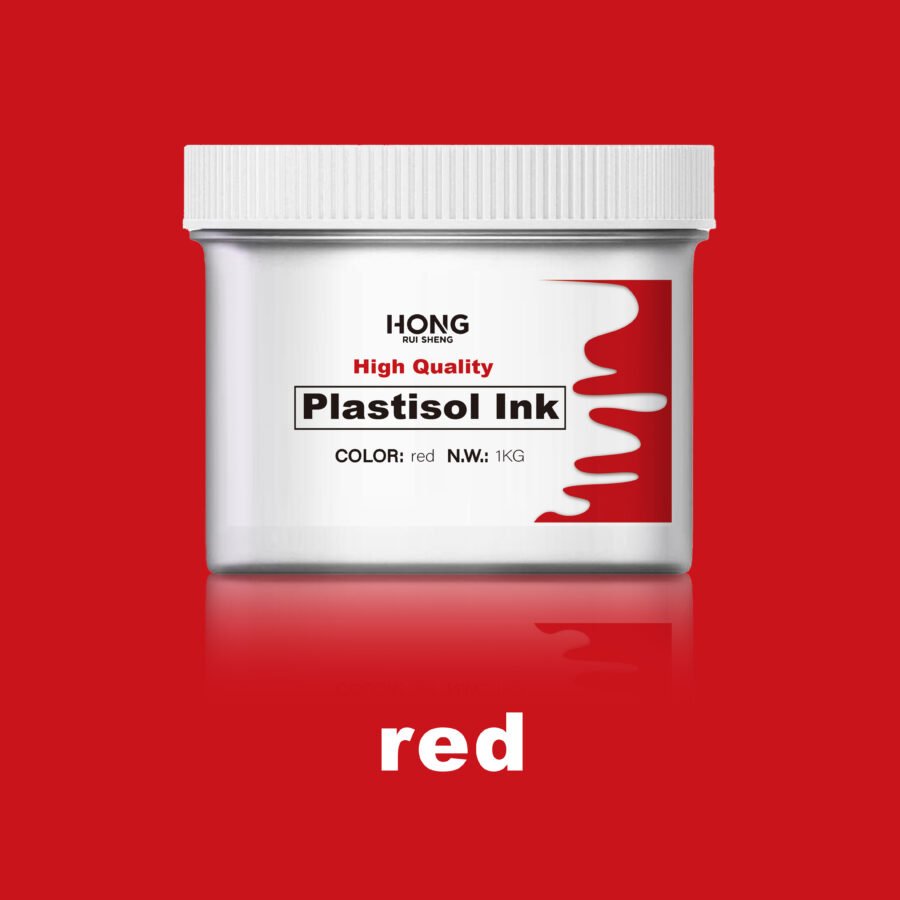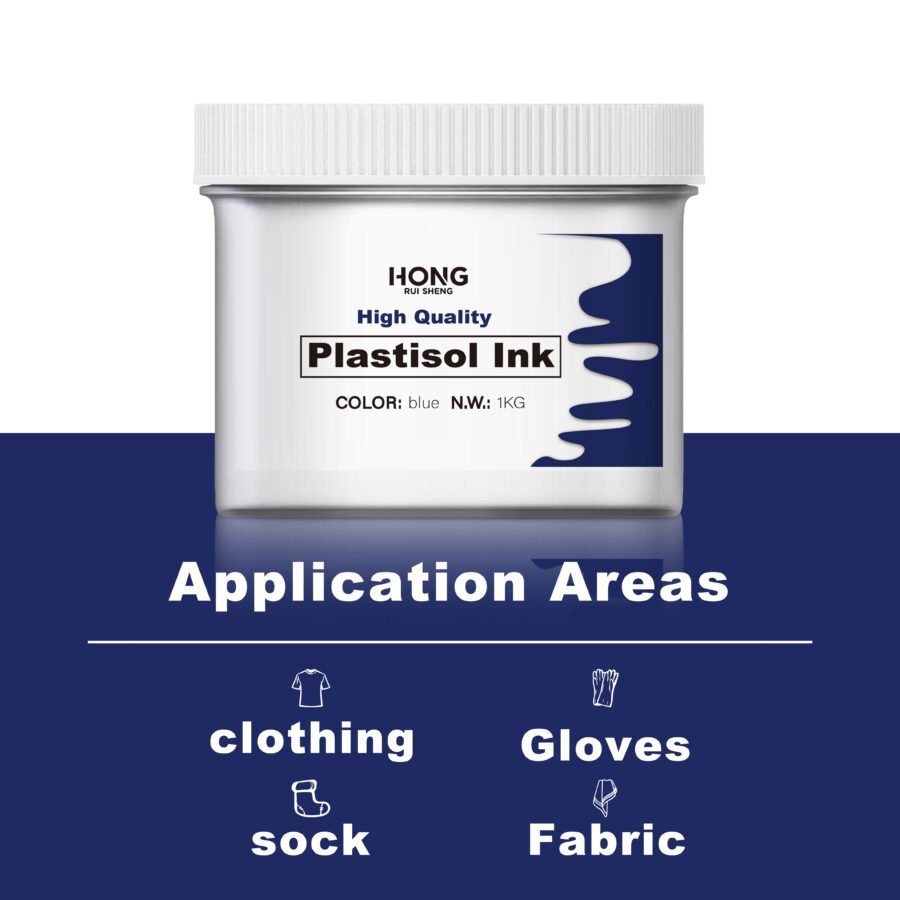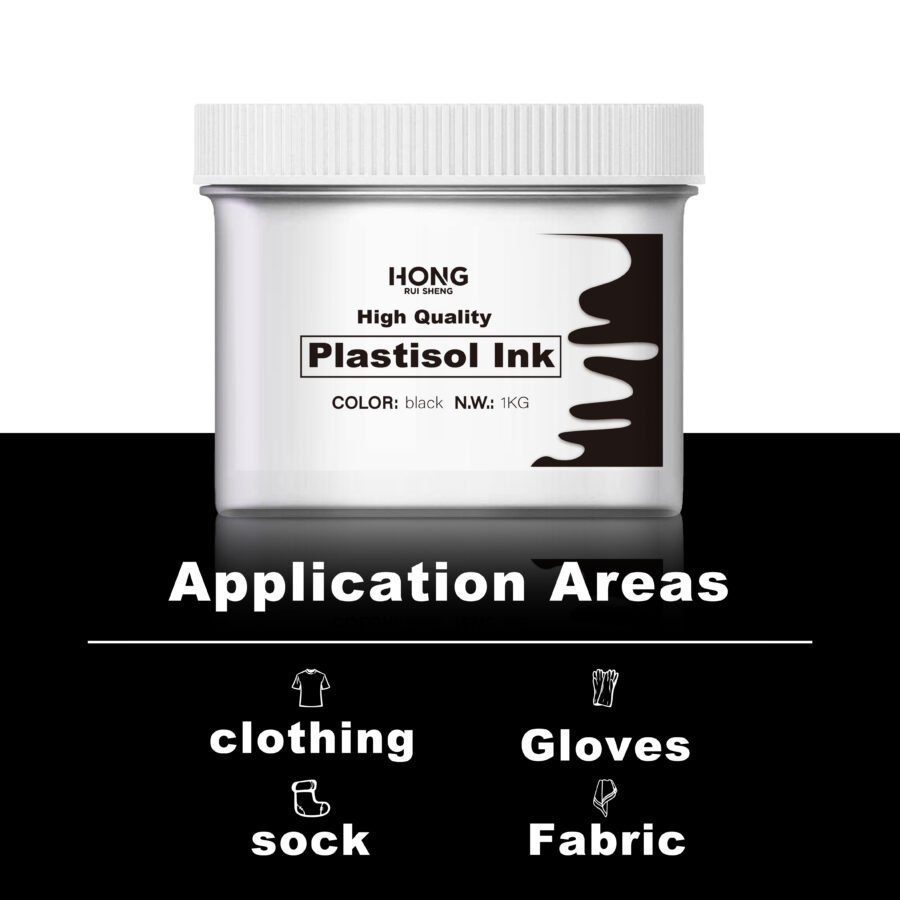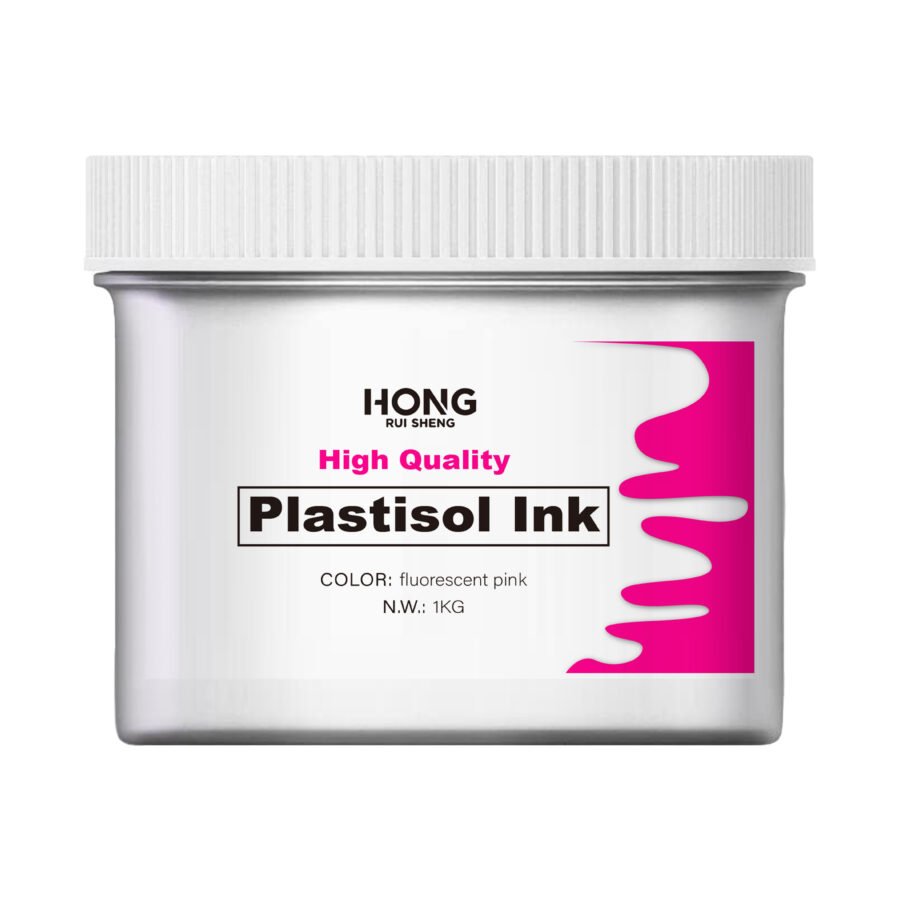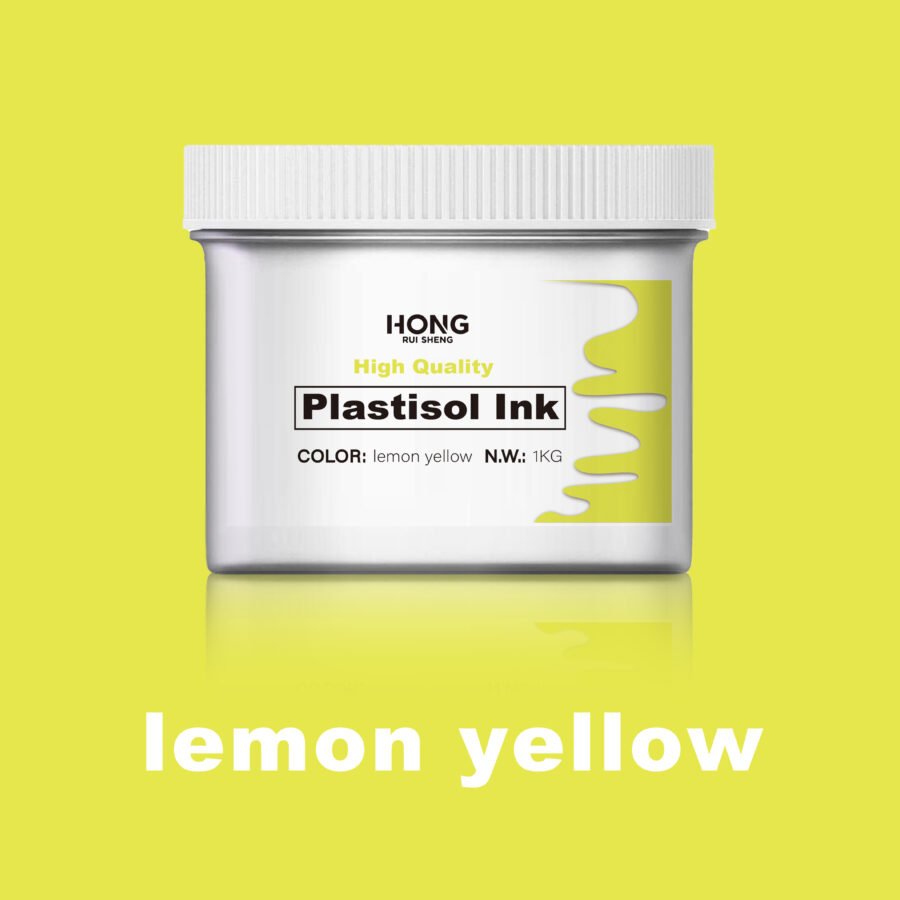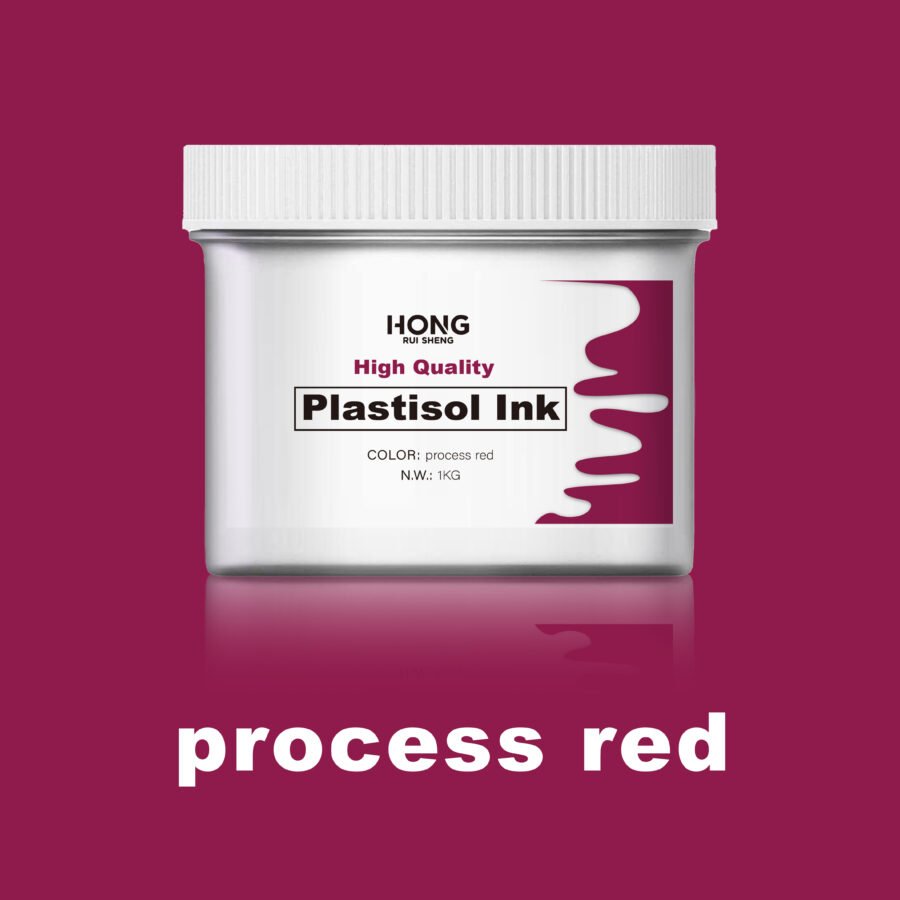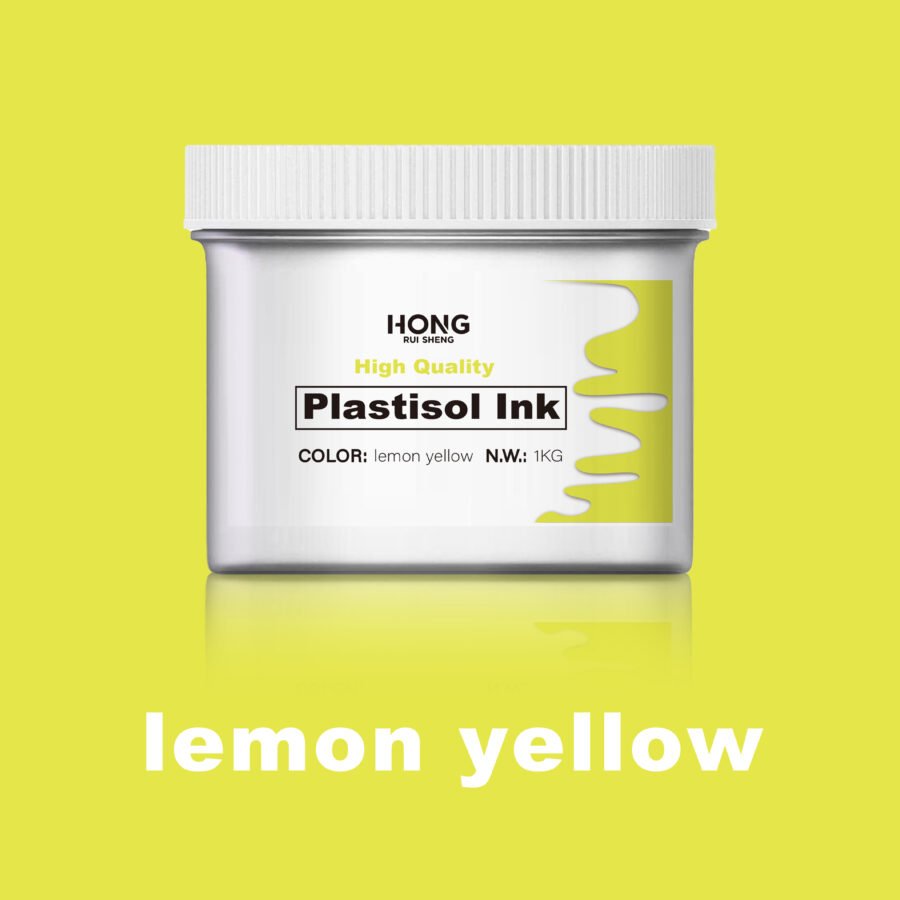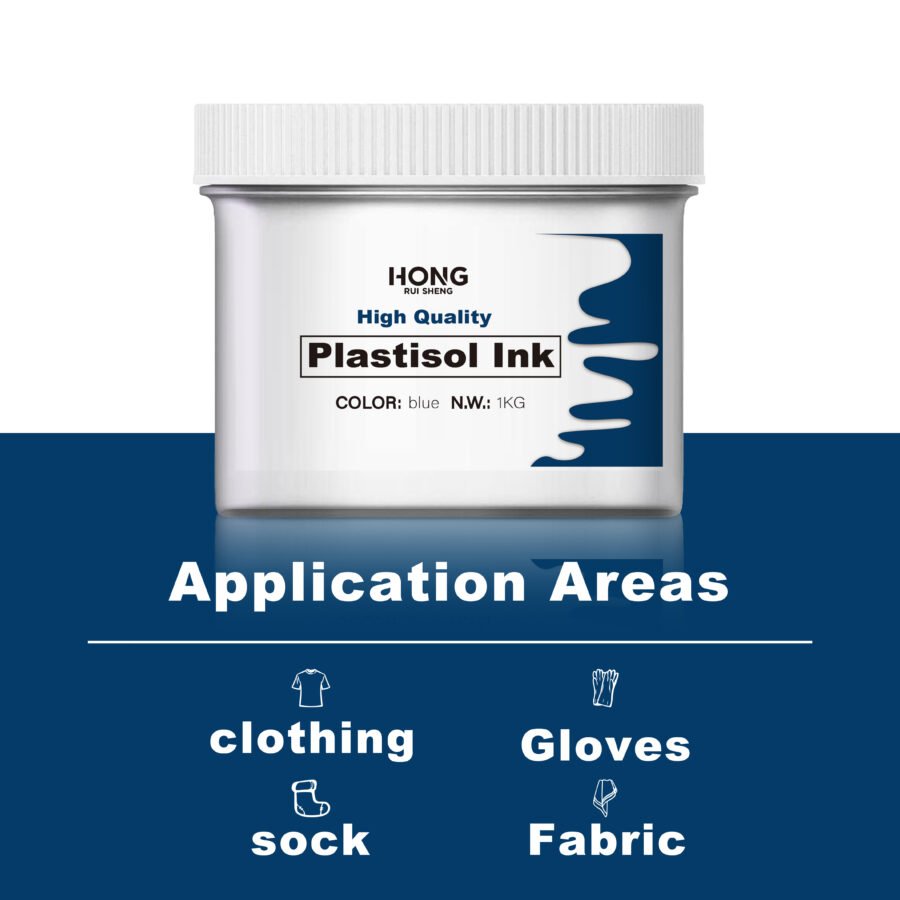Plastisol tinta
As a leading screen printing plastisol ink manufacturer, we can provide high-quality plastisol inks and customize solutions according to your products.
Product Categories
Oznake proizvoda
Plastisol tinta
- Plastisol tinta—serija CHJT
Sitotisak crvena plastisol tinta — CHJT-1203
- Plastisol tinta—SDLA serija
Plava plastisol tinta za sitotisak — SDLA-1402
- Plastisol tinta—HF serija
Sitotisak Acid Blue Plastisol tinta — HF-14041
- Plastisol tinta—serija CHJT
Fluorescentna žuta plastisol tinta za sitotisak — CHJT-1801
- Plastisol tinta—SDLA serija
Fluorescentna ružičasta plastisol tinta za sitotisak — SDLA-1806
- Plastisol tinta—SDLA serija
Crna plastisol tinta za sitotisak — SDLA-1601
- Plastisol tinta—HF serija
Sitotisak tamnoplava plastisol tinta — HF-655C
- Plastisol tinta—HF serija
Fluorescentna ružičasta plastisol tinta za sitotisak — HF-1806
- Plastisol tinta—serija CHJT
Sitotisak limun žuta plastisol tinta — CHJT-1106
- Plastisol tinta—SDLA serija
Sitotisak narančasto crvena plastisol tinta — SDLA-1303
- Plastisol tinta—HF serija
Sitotisak Narančasta crvena plastisol tinta — HF-1303
- Plastisol tinta—serija CHJT
Proces sitotiska crvena plastisol tinta — CHJT-1800R
- Plastisol tinta—serija CHJT
Sitotisak limun žuta plastisol tinta — CHJT-1103
- Plastisol tinta—SDLA serija
Plava plastisol tinta za sitotisak — SDLA-1401
- Plastisol tinta—HF serija
Crna plastisol tinta za sitotisak — HF-1601
- Plastisol tinta—serija CHJT
Ružičasta plastisol tinta za sitotisak — CHJT-1407
1. What is Plastisol Ink and Why Is It the Most Popular Ink Used in Screen Print?
Plastisol ink is a PVC-based ink type, renowned for its performance in the screen printing industry and known for lasting almost as long as the garment itself. The unique thing about plastisol is that it does not “dry” at room temperature; instead, it requires heat to fully cure—that’s when the magic happens and the print gains its durability and vibrant colors.
When it comes to garment printing, plastisol inks are regularly the move-to because they are clean to print, work superbly on a lot of textiles, and are pretty forgiving all through the printing procedure. The fashionable plastisol ink offers rich opacity and lays down an ink layer thick sufficient to make even the trickiest colours and designs pop.
If you walk into any t-shirt shop, possibilities are you’ll be looking at prints made with terrific plastisol display screen printing ink. They’re vivid, colourful, and capable of produce a regular, tender hand whilst properly treated. That’s why plastisol remains the maximum famous ink used by screen printers global.
2. Printing Plastisol Versus Water-Based Ink: What’s the Difference?
What’s the difference between plastisol and water-based ink? At first glance, they might seem comparable, but their performance and printing processes diverge extensively.
Plastisol ink sits atop the fabric, forming a resilient layer that is extremely resistant to wash and wear. Water based ink, by contrast, soaks into the fibers of the garment, creating a softer, more “vintage” feel to the touch. If you’re seeking bold, opaque prints on dark garments—think white plastisol on a black hoodie or a bright red plastisol ink on a navy tee—plastisol is generally your best bet for printing needs.
Water based ink excels on light colored shirts and is prized for its eco-friendly reputation and ultra-soft results, but it does require more finesse, careful print speed, and can struggle to achieve high opacity on dark fabrics. When it comes to screen printing using intricate designs or seeking the brightest possible hues, printing plastisol often wins for consistency and ease of use.
3. How Does Plastisol Ink Cure and Why Is Cure Temperature So Important?
When printing with plastisol, the ink is cured—not dried—via heat. The cure temperature for standard plastisol inks hovers around 300°F (150°C). If the ink deposit doesn’t reach full cure, the print will crack, flake, or wash away prematurely.
In a typical print shop, the conveyor dryer is king: garments pass through, ensuring every spot of ink hits the recommended temperature for the right amount of time. Dryer settings and the temperature of the dryer must be calibrated to the specific ink and textile being used.
Today, low cure or low-bleed plastisol inks are available, allowing you to decrease the temperature for heat-sensitive garments. This is a game changer for synthetic fabrics prone to dye migration and color lose.
4. Dye Migration: What Causes It and How Can You Prevent Color Lose in Your Prints?
Dye migration happens when the dye from a garment—mainly polyester or blends—sublimates under warmness, bleeding into the ink layer. This is a nightmare for the ones crisp white plastisol inks; all at once, your white turns into pink, or your vibrant purple plastisol ink fades.
Preventing dye migration starts by choosing low-bleed plastisol inks and sometimes adding a white base as a blocker. Monitoring the cure temperature is vital: too high and you risk activating the garment dye; too low and your ink may not cure correctly. The goal is a full cure at the lowest effective temperature.
There are also ink and additive options specifically designed for battling dye migration, often called dye blockers or barrier inks. Using these, in combination with proper curing, keeps prints bright and solid.
5. How To Use Plastisol Ink Additives for Better Screen Printing Results?
Ink additives are a powerful way to tweak plastisol’s properties to better suit your printing plastisol needs. Adding a soft hand additive, for instance, can make standard plastisol feel lighter on the garment—ideal for soft-hand direct print jobs.
Plastisol ink additives also allow adjustment for stretch (great for athletic wear), puff effects, improved printability, or decreased cure temperatures. Always check that your chosen additive is compatible with your ink type and your specific application.
Mixing systems offered by some screen printing suppliers let you custom-create virtually any shade—kelly green, for example—by blending primaries or ink bases. When using additives, always track ratios; excess additions can affect opacity, cure, and overall print washability.
6. Plastisol Heat Transfers: How Do They Work and How Long Can They Last?
Plastisol heat transfers are an ingenious twist in the printing process: the design is first screen printed onto a coated paper transfer sheet using plastisol ink, then the transfer is heat-pressed onto the final garment.
This method allows for advance printing, easy storage, and quick application—fantastic for small runs or multi-garment orders. If produced and applied correctly, plastisol heat transfers can last almost as long as a direct screen print, sometimes even longer with less ink buildup.
Careful control over ink deposit, ink and additive choices, and the actual transfer of ink during heat pressing are important. Don’t over-cure the transfer before pressing: a gelled ink layer is just right for transfer; overcure means the ink won’t properly bond to the final garment.
7. What’s the Secret to Printing With Plastisol on Bright Colors Like Bright Red and Kelly Green?
Achieving a bright and vibrant coloration—together with bright crimson plastisol ink or the elusive kelly inexperienced—is both artwork and technology. High-opacity plastisol inks are designed for this job, with a pigment load sturdy sufficient to cowl darkish substrates and face up to color lose.
Always use an underbase (regularly white plastisol ink) on darkish shirts to make the top shade pop. Proper mesh choice, squeegee stress, and ink flood are vital parts of the equation—too much stress can smear; too little, and coverage suffers.
For ultra-bright results, simulate process prints or use quality plastisol inks for screen printing with a track record of producing vibrant colors. Working with your screen printing supplier, you can request samples or test prints before production to dial in that perfect shade.
8. Best Practices for Ink Storage and Screen Frame Wash-Up After You’re Done Screen Printing
Plastisol ink is incredibly forgiving when it comes to storage—it won’t dry out in the open air like water based ink. However, good ink management involves sealing lids tightly, avoiding contamination, and properly labeling all colors—especially those custom-mixed shades.
After you’re done screen printing, screen frame wash-up can be a breeze. Plastisol won’t harden in the mesh just by sitting; however, cleaning up is best done promptly with an appropriate press wash or eco-friendly solution. This preserves your mesh, avoids ghosting (stains left by residual ink), and prepares the screen for its next project.
For shops producing both water-based and plastisol prints, use separate cleaning stations to prevent cross-contamination—which can impact cure and print quality.
9. How Do You Test If Plastisol Ink Is Cured Properly?
The most common test is the stretch test: after printing and curing, stretch the printed area. If the print cracks or flakes, the ink deposit may not have reached full cure. You can also perform a laundry test, checking for color lose or print cracks after a wash.
Temperature strips or infrared guns can confirm your cure temperature is in the right range as the garment passes through the conveyor dryer. Remember, under-cured prints are a frequent cause of premature print washability issues—so test early and often.
If curing between colors (in multi-color designs), avoid over-curing the first colors; this can cause adhesion problems on subsequent ink layers.
10. Common Troubleshooting: Incomplete Ink Cure, Print Cracks, and Other Print Problems
When you print cracks or the ink peels, incomplete ink cure is the likely culprit. This could be from rushing garments through the dryer, incorrect dryer settings, or layering ink too thickly. Solution: calibrate your conveyor dryer, slow the belt, and always check the temperature of the dryer at the ink layer.
Other culprits include using the wrong ink type for the substrate, not using a proper additive, or contamination in the ink supply. In every case, it pays to run a few test prints, check the soft hand feel, and adjust your process until results are consistent.
Sometimes, it’s as simple as a spot of ink not reaching full temperature. In this case, increasing the residence time or adjusting your dryer settings solves the problem.
11. Choosing the Right White Plastisol Ink and Black Plastisol Ink for High-Opacity Prints
For the brightest whites and deepest blacks, specialty white plastisol ink and black plastisol ink are formulated with enhanced opacity and a creamy consistency. These inks are designed to cover even the darkest shirts, block dye migration, and consistently make the print stand out.
When print with high-opacity is your goal—think white on red, or black on yellow—opt for these formulations. They help you avoid multiple passes and ensure that even a single ink layer gives you bold coverage and outstanding wash durability.
Always test your chosen brand or batch, especially if you’re matching PMS colors or working with particularly challenging substrate colors.
12. Plastisol Prints Versus Water Based: Which Offers Better Print Washability?
When it comes to print washability, plastisol prints tend to lead the pack. Thanks to the chemistry of cure, a properly cured plastisol print lasts almost as long as the garment itself—even after hundreds of washes.
Water based prints can be wonderfully soft, but they’re more susceptible to fading and color lose over time, especially if not cured under perfect conditions. That said, innovations in water based ink and hybrid systems continue to close the gap, offering ever-better print durability for those who seek a softer feel and eco-conscious formulas.
Still, for workload, ease of use, and guarantees of long print life, plastisol remains the standard ink choice in professional shops.
Key Takeaways: Plastisol Ink Screen Print Essentials
Plastisol ink is the most popular ink type in the printing industry, prized for its durability, opacity, and versatility.
- Printing plastisol sits on top of the garment; water based ink soaks into the fibers.
- Achieving the right cure temperature is vital—too little, and prints crack; too much risks garment damage.
- Low cure and low-bleed plastisol inks help prevent dye migration on polyester garments.
- Use appropriate ink additives to adjust feel, stretch, or special effects.
- Plastisol heat transfers are a versatile, long-lasting alternative to direct screen prints.
- For maximum brightness—kelly green, bright red plastisol ink, or bold blacks/whites—choose high-opacity or specialty plastisol inks.
- Store plastisol ink sealed and away from contaminants; clean up after you’re done screen printing for best results.
- Test ink cure frequently! The stretch and wash tests are your best friends.
- Troubleshoot with attention to print cracks, incomplete cure, and any signs of dye migration.
- For washability, plastisol prints lead, but water based inks have unique applications.
- Consult your screen printing supplier for advice on specific jobs, and always keep innovating to get the best from your ink and additive arsenal.
With this knowledge, you’re equipped to choose, cure, and use plastisol for top-tier screen prints—no matter your next big project!

